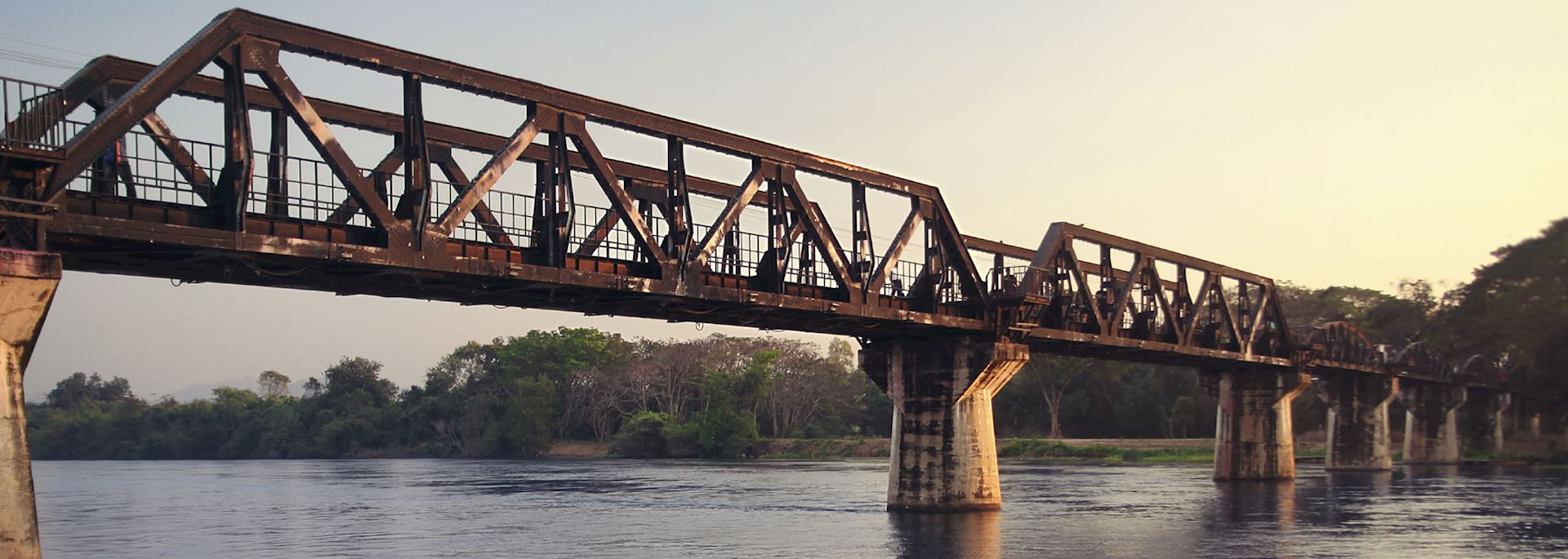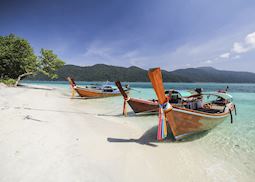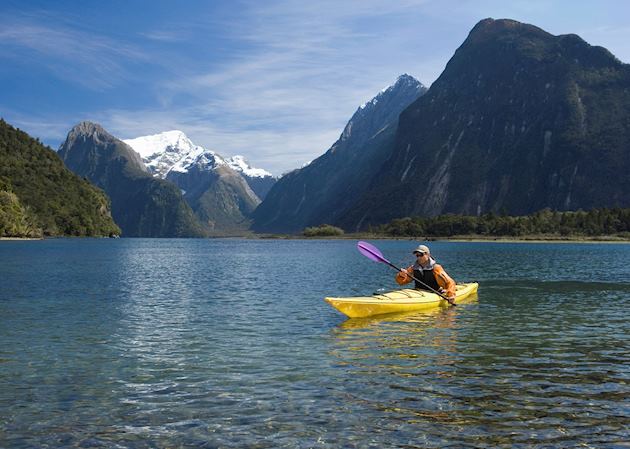This iconic landmark serves as a poignant reminder of the atrocities suffered here during World War II. The nearby museum highlights the plight of the POWs and Asian labourers tortured by the Japanese, whilst the beautifully maintained World War II cemetery provides a quiet sanctuary for reflection.

1942
 In 1942 Japan seized Myanmar from British control and quickly decided to build a rail link to Thailand in order to maintain a secure supply route to their forces. Although the obvious link was by sea, Allied submarines controlling the region made it too treacherous. The rail link, however, would be no easier.
In 1942 Japan seized Myanmar from British control and quickly decided to build a rail link to Thailand in order to maintain a secure supply route to their forces. Although the obvious link was by sea, Allied submarines controlling the region made it too treacherous. The rail link, however, would be no easier.
The British had already surveyed the area in the early 20th century but abandoned their plans for a railway as the proposed route crossed dense jungle and numerous rivers. In addition, disease and heavy monsoon rains would make conditions intolerable. The Japanese, however, were undeterred. A rail link would be a crucial part of their campaign.
Construction began in September 1942 and Japanese engineers estimated it would take five years to complete the project. Work began at either end of the route and just 16 months later the two teams met in Kanchanaburi Province, 37 km (23 miles) south of the border crossing at Three Pagodas Pass.
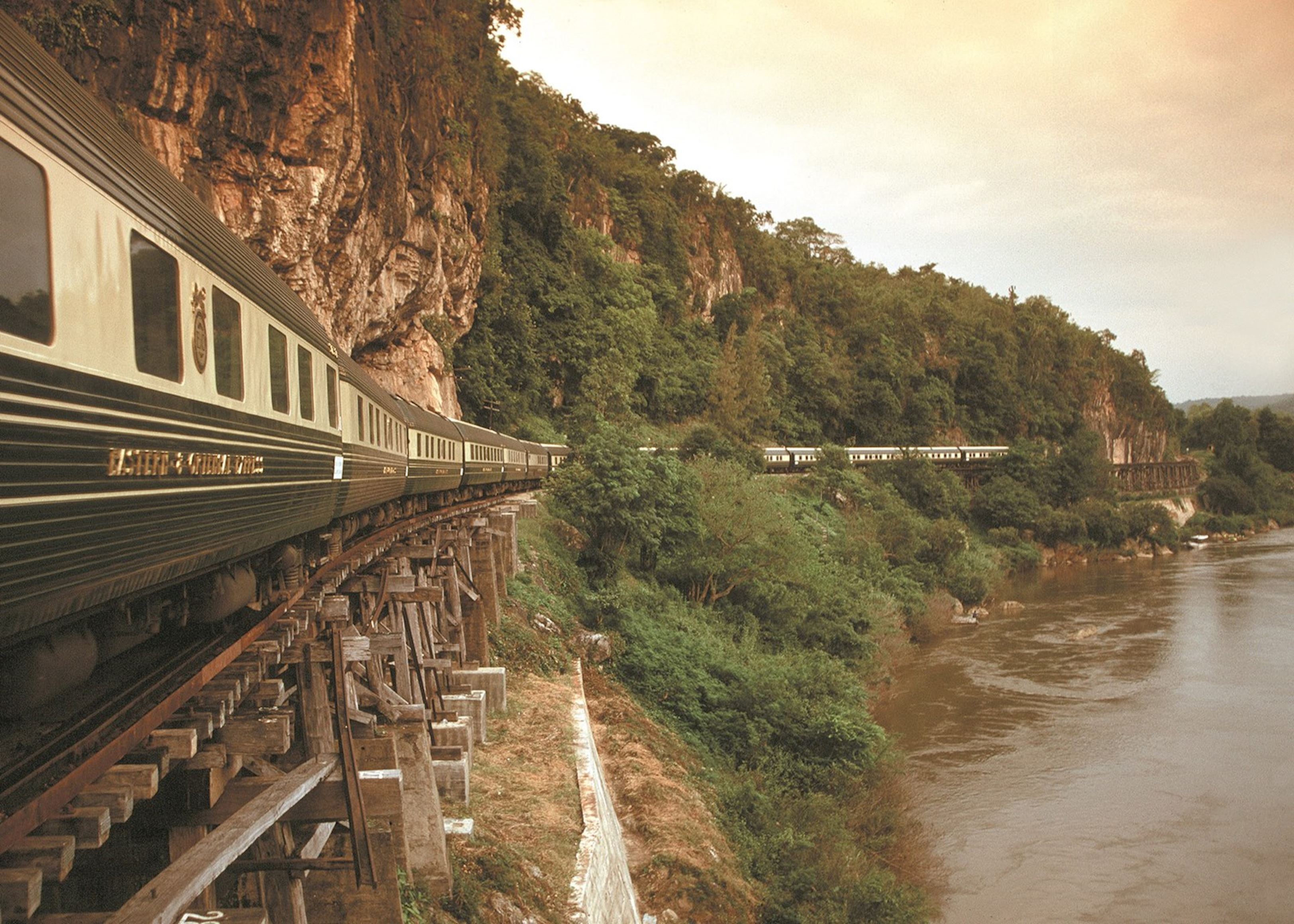 To realise their ambitions in record time the Japanese had brought in 330,000 forced workers, mainly local slaves and Allied POWs, and provided them with only simple hand tools. The workers were kept in horrific conditions and soon the project became known as the ‘death railway’. It is estimated that 90,000 Asian labourers and 16,000 Allied POWs died while working on the line.
To realise their ambitions in record time the Japanese had brought in 330,000 forced workers, mainly local slaves and Allied POWs, and provided them with only simple hand tools. The workers were kept in horrific conditions and soon the project became known as the ‘death railway’. It is estimated that 90,000 Asian labourers and 16,000 Allied POWs died while working on the line.
The most famous section of the Burma-Thailand Railway is Bridge 277, ‘The Bridge On The River Kwai’. The first wooden bridge was finished here in February 1943 and the concrete and steel version was completed in June of the same year. The strategic importance of the bridge meant that it was a prime target for Allied bombing raids, which unfortunately prolonged the suffering of POWs who had to make the repairs.
Prisoner of war
My grandfather was one of the many prisoners who worked on the infamous Burma-Thailand Railway, but I am happy to say that he was one of the lucky ones and still lives in Oxfordshire not far from our office. Although he rarely talks about his experiences, he is mentioned in a book called ‘POW Sketches’, based on the diary entries by Will Wilder.
'One night Will and another man, Alec Edwards (my grandfather), were set to work on one of the huge floodlights. Their job was to keep turning the handle of the generator which was supplying the light (so that the men could continue construction throughout the night). It was long and exhausting work, but Will recounts that talking to Alec about his home in Banbury, Oxfordshire, helped to pass the hours. By the end of the shift they had agreed that if they survived the war Alec would send Will some Banbury cakes, and Will would treat Alec to a Thames Valley lardy cake. A few months after he got back home Will discovered a package on the doorstep — it was the Banbury cakes! Will duly despatched his part of the bargain.'
By Emma Skelton
Assistant Marketing Manager
2010
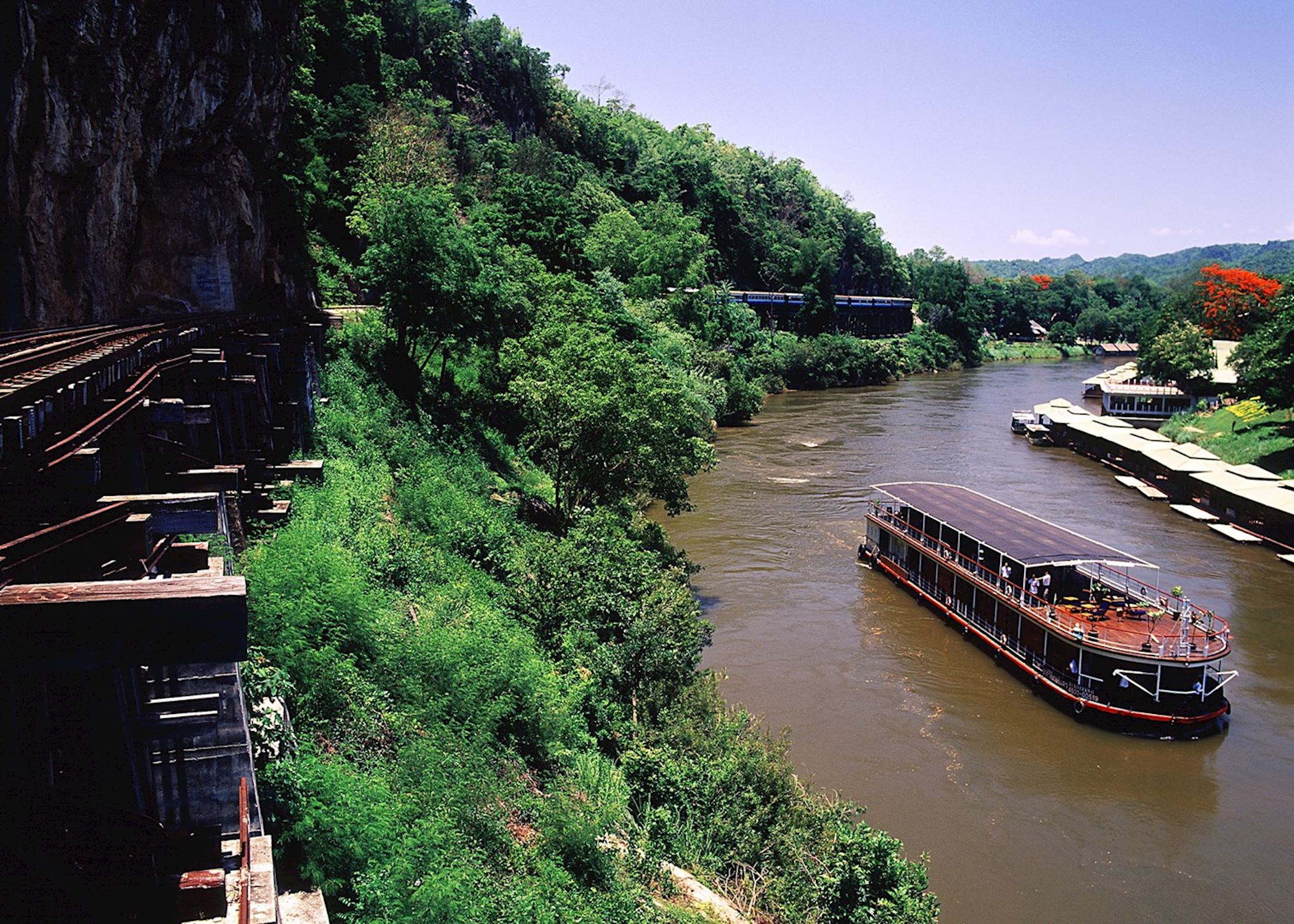 The River Kwai can be visited as a day trip from Bangkok but Kanchanaburi Province is well worth a longer stay. Away from the crowds there are many national parks, areas of raw natural beauty and plenty of peaceful temples.
The River Kwai can be visited as a day trip from Bangkok but Kanchanaburi Province is well worth a longer stay. Away from the crowds there are many national parks, areas of raw natural beauty and plenty of peaceful temples.
I began my trip hoping to learn something about the history of this part of Thailand. The tragic reality of working on the Burma-Thailand Railway was brought home to me at the impressive Hellfire Pass Museum. The museum commemorates Allied losses and tells the shocking story of the railway’s construction.
Many artefacts from the period are on display but the most thought-provoking part of the experience is the Memorial Walking Trail. Following a deep cut in the rock in oppressive heat and listening to recordings of POWs recollecting their experiences here made me realise just how horrendous it must have been.
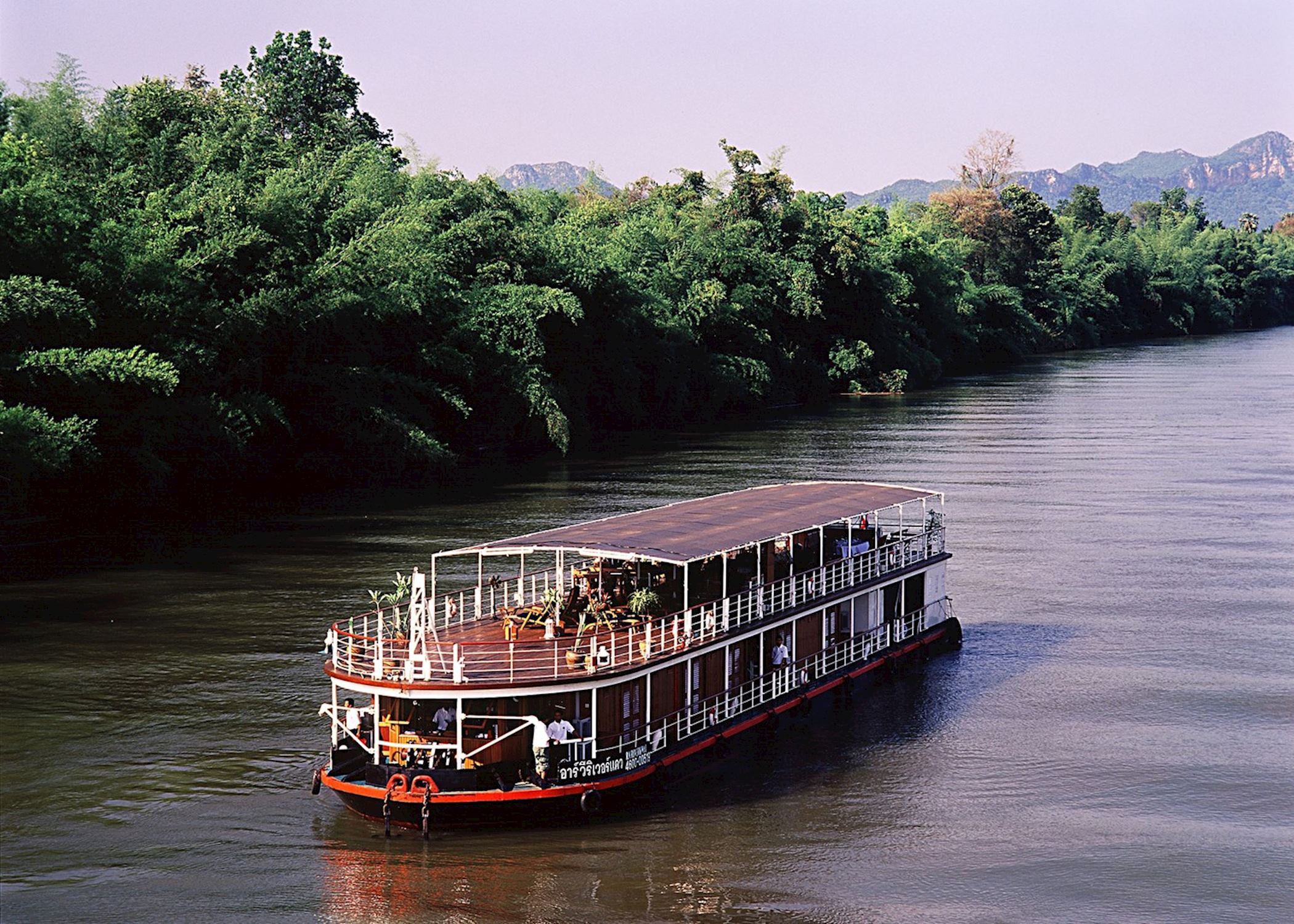 At the nearby JEATH museum (named after the nations involved in the railway’s construction) the impression was reinforced when I saw a mock-up of the quarters where the POWs lived. A wall covered in ‘Miss Thailand’ pictures is the ray of light in this sombre place.
At the nearby JEATH museum (named after the nations involved in the railway’s construction) the impression was reinforced when I saw a mock-up of the quarters where the POWs lived. A wall covered in ‘Miss Thailand’ pictures is the ray of light in this sombre place.
Thankfully, Kanchanaburi’s dark history is only one reason for a visit. The province is stunningly beautiful and home to Erawan Falls, a picture-postcard waterfall dropping over seven different levels in 1,500 m (4,921 ft). Swimming in the natural pools here was a highlight of my trip.
Another little-known draw of the region is its Khmer temples. Dating from the Angkorian period, Prasat Muang Singh is a 12th-century temple complex covering 30 acres. It’s a peaceful and photogenic place well worth the effort to visit. For more excitement you could also try bamboo rafting or jungle trekking.
Accommodation in Kanchanaburi is varied with plenty of conventional options or the chance to stay onboard a colonial style river cruiser, a tented camp or a series of floating rafts converted into a boutique hotel. I came away from my trip thinking that Kanchanaburi Province offers one of the most varied experiences you can get in just a couple of days in Thailand.
Find out more about tailor made trips to Thailand
-
![River Kwai, Kanchanaburi]()
-
![Andaman coast, Thailand]()
Thailand
While many visitors head straight for the stunning islands and beaches of the south, a trip to Thailand offers the traveller so much more. Experience national parks, a haven of unspoiled tranquillity as well as abundant flora and fauna, mountain ranges with their resident hill tribes, provincial towns where Buddhist temples are shrouded in a haze of incense, and of course its frenetic capital, Bangkok.
Was this useful?


